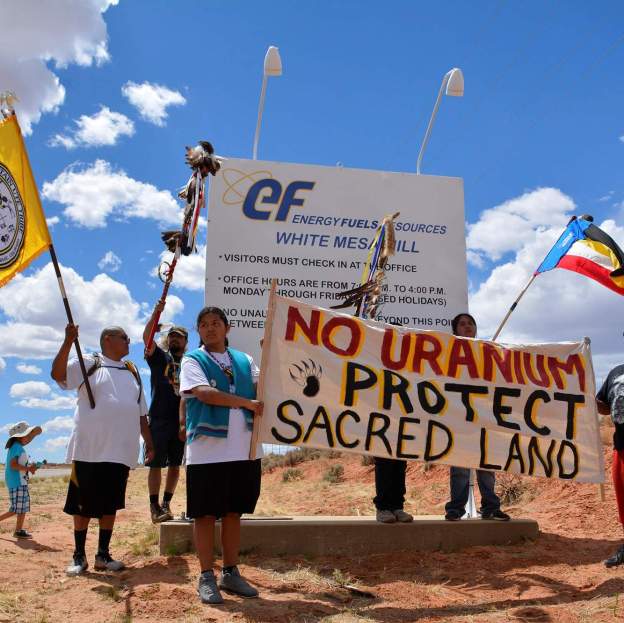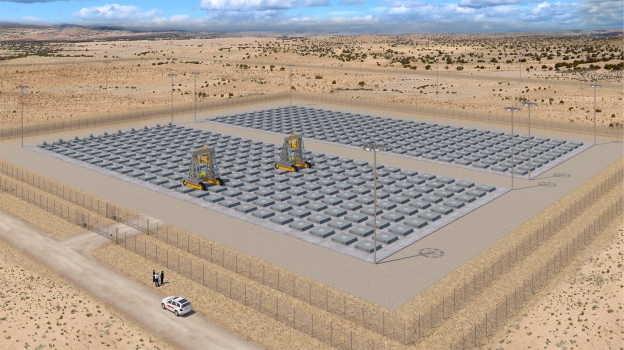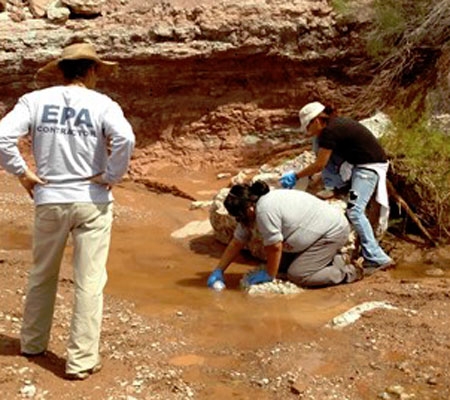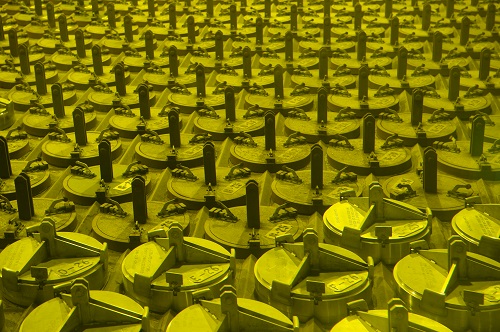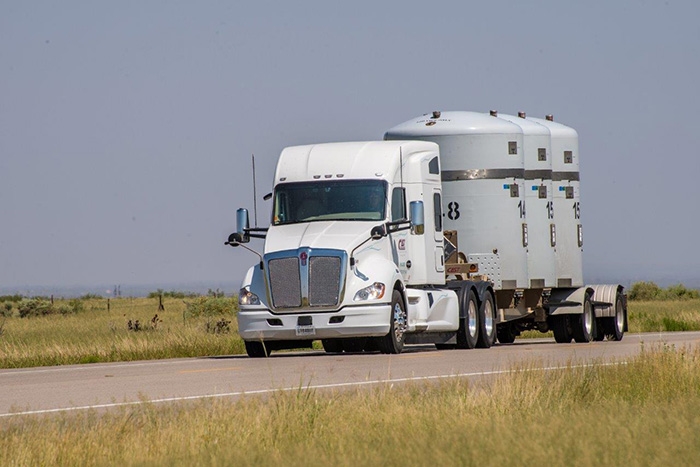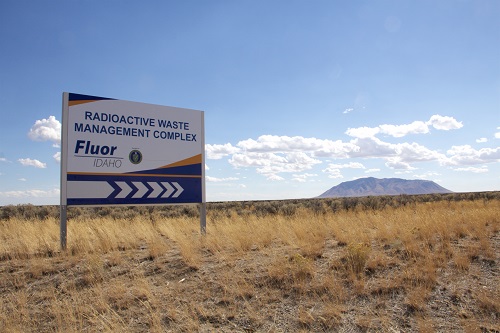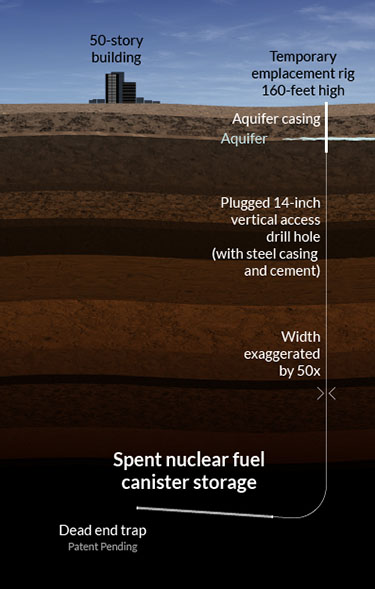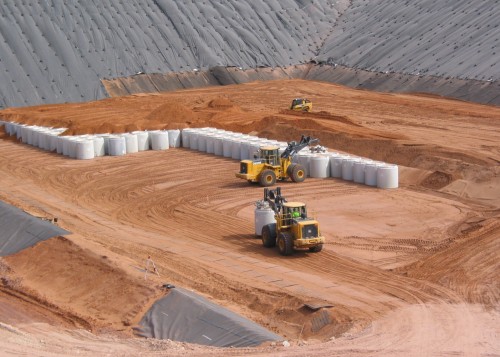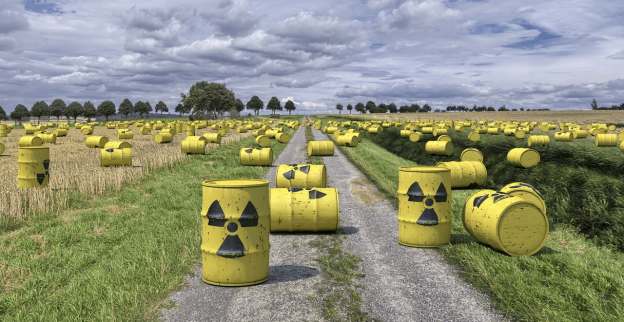Regulators are weighing whether a local uranium company can import the material for processing at a mill near the border of a Native American reservation. For Energy Fuels Inc , the shipment represents an economic lifeline, after the company posted an operating loss of $7.8 million for the first quarter of 2020. Its president in March 2020 described the U.S. uranium industry as being “on the cusp of complete collapse.”
But for the Ute Mountain Ute Tribe living near the facility – the only operational uranium mill in the United States – the proposal has stoked fears that tribal land will become a dumping ground for global radioactive waste. Both the White Mesa mill and the tribal reservation are in San Juan County, Utah’s poorest.
The mill, built in 1979, was only meant to process conventional uranium ores from the Colorado Plateau for up to 20 years, the tribe says. The Navajo Utah Commission and Navajo Nation have also that the company’s application be rejected. “The state of Utah must recognize and acknowledge the reality that the mill is far past its design life and no longer a conventional uranium mill, but, instead, a radioactive waste dump seeking to operate for decades, if not a millennium,” the Ute Mountain Ute Tribe said in a document submitted to the state….
The 660 tons of powdered material in question, now sitting in 2,000 drums at a plant on the Estonian coast near the Russian border, would be Energy Fuels’ first-ever radioactive import from outside North America. The powder is a byproduct from tantalum and niobium mining by Estonian company Silmet, which contains uranium. But it cannot stay within Estonia, where there is no licensed facility for reprocessing radioactive material. Energy Fuels says there is enough uranium in that byproduct that it is worth processing. Opponents say Energy Fuels is simply taking in waste, which would be stored on site. According to Energy Fuels business from the shipment would help the company keep its 70 workers employed.
Energy Fuels anticipates demand for domestic uranium could rise, after the Trump administration in April 2020 proposed a $1.5 billion federal uranium reserve that would purchase uranium from domestic producers. Such a reserve, however, would need Congressional approval – a major hurdle. The reserve was one of the main proposals to come from a federal Nuclear Fuel Working Group aimed at reviving the U.S. uranium and nuclear industry. The United States currently imports over 90% of its uranium from abroad for its reactors.
Excerpts from Valerie Volcovicin Utah, a Debate Stirs Over Estonian Radioactive Waste, Reuters, July 16, 2020
